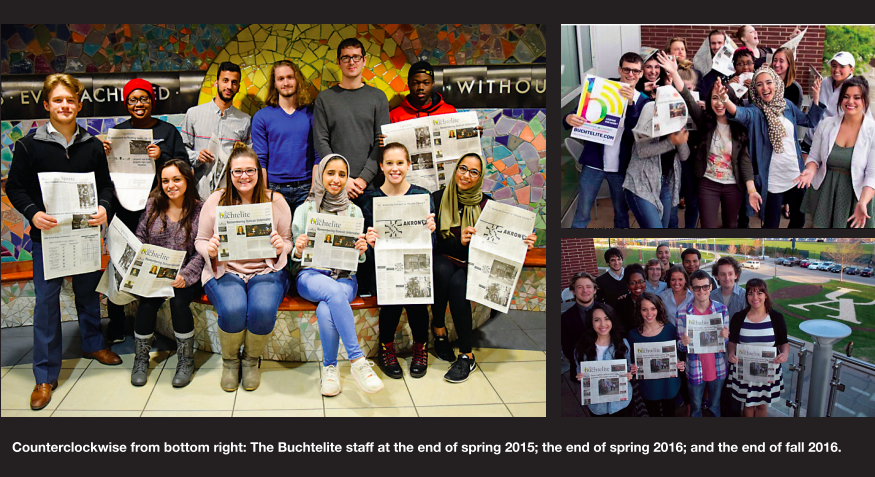“The first month of the Fall semester at the University of Akron was marked by six separate bomb threats that targeted university buildings. Most threats caused a building to close, classes to be canceled and the reappointment of staff and law enforcement from regular duties to sweep the buildings.”
“
The first month of the Fall semester at the University of Akron was marked by six separate bomb threats that targeted university buildings.
Most threats caused a building to close, classes to be canceled and the reappointment of staff and law enforcement from regular duties to sweep the buildings. All incidents, however, cost UA money.
We feel that no cost is too high to ensure safety, assistant police chief Newt Engle said. The university will always place safety first and worry about the financial considerations later.
In each incident, except for the Simmons Hall and Polsky building threat, more than $30,000 was spent to address the situation. In both incidents neither of the buildings were closed or evacuated causing no cost, according to the University of Akron Police Department.
The lowest cost incurred was during the most recent threat at the College of Arts and Sciences Building Sept. 27. The incident cost $3,961, according to a university report.
The highest price was $9,724 for the Auburn Science and Engineering Center, followed closely by the Sept. 11 campuswide bomb threat at $9,635.
We took the number of people that were involved in each one of the bomb threats, and what it would cost to pay those people to handle the bomb threats as opposed to handle what their normal operations would have been, UAPD police chief Paul Callahan said.
We included in that the actual out-of-pocket expenses that we incurred because of those assignments.
Out-of-pocket expenses include the number of lunches and bottles of water purchased for 40 to 60 people, according to Callahan. Those assigned to respond to the threats and did not get to have their normal lunch.
He said that minor expenses that add up.
During the ASEC threat, $440 was spent on lunches and water alone.
Callahan said cost was determined by two factors.
It has to do with, the number of personnel involved and the length of the closing.
In the Sept. 11 threat, one of the most expensive, the university reported 12 UAPD members were on duty for more than nine hours and one UAPD officer, Bill Barath, was on duty for 22 hours.
While these costs may seem expensive, most is already paid for, according to Engle.
The cost analysis is calculated as if someone – such as the university – had to pay for each and every aspect of the call, he said.
The fact is, the officers and the equipment are already here, and the university did not have any actual out-of-pocket cost.
However, Engle said there was a real cost that is immeasurable due to the threats.
While the officers and equipment were detailed to the threat, they could not be taking care of other issues on campus such as thefts, auto crashes and other calls.
While UAPD employs 35 officers, outside law-enforcement agencies were called to assist with each threat.
According to Engle, city, county and federal agencies all assisted, but did not charge the university for their services.
Multiple K-9 units were used for the threats as well.
We have one K-9 unit on staff at UAPD, Engle said. Any of the threats where more than one K-9 unit was present, the additional units came from Summit, Stark or Medina County.
So far, we have received no charge for those services.
“

